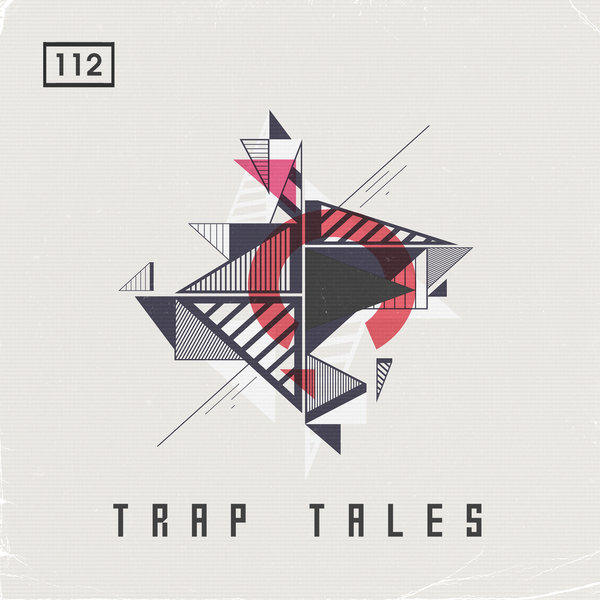
Emily Temple ( Citation2017) suggests that while the taboo nature of the female murderer remains rooted in an anxious reversal of behavioural archetypes, for “female readers and consumers”, there is also a “very delicious sense of power seized-power, specifically, of the body, of which women in culture are so frequently deprived” (n.p). As representations of female violence increased from the 1970s onwards, including changing conceptions of femininity provoked by second- and third-wave feminism, more complex, and agential, imaginings began to appear. As Tiina Mäntymäki ( Citation2013) notes, the depiction of these protagonists has conventionally aligned with a series of stereotypes relating to a vision of evil monstrosity, often in line with the “scheming and overtly sexualised” femme fatale (441), signifying the corruption of an idealised femininity. Violent women are a staple of popular crime fiction: from the classic works of Agatha Christie and Shirley Jackson to the contemporary detective thrillers of Steig Larsson, Gillian Flynn, and Oyinkan Braithwaite, the genre is replete with female killers who murder spouses, lovers, rivals, and children. In its mobilisation, subversion and parody of elements of the monstrous feminine, Killing Eve is only partly successful in empowering its female characters but, nonetheless, makes a significant contribution to a culture in which sophisticated feminist tropes are increasingly prevalent. In focussing on various notions of metamorphosis, we contend that Killing Eve offers an ambiguous vision of empowerment, arguing that while it resists the reduction of women to docile bodies forced into compliance, it also equates female power with abnormality, disorder, and abjection. Indeed, the series turns on the possibilities of transformation, realised via the physical styling of self, for example, as well as the play upon literary and poetic devices such as adaptation and the villanelle. Their subversions are frequently located in bodily terms, relating to appetite, fashion, sex, and behavioural quirks, but are also intellectual and metaphorical, explicitly addressing gendered anxieties about women, authority, and performance.


By rejecting traditional conceptions of femininity, including passivity, maternal nurturing or caregiving, and empathy, Villanelle, Eve, and Carolyn weaponise the cultural narratives used to relegate women to the margins.

This paper explores how the central female characters of the television series Killing Eve gain power by accessing and enacting forms of violent “otherness”.


 0 kommentar(er)
0 kommentar(er)
